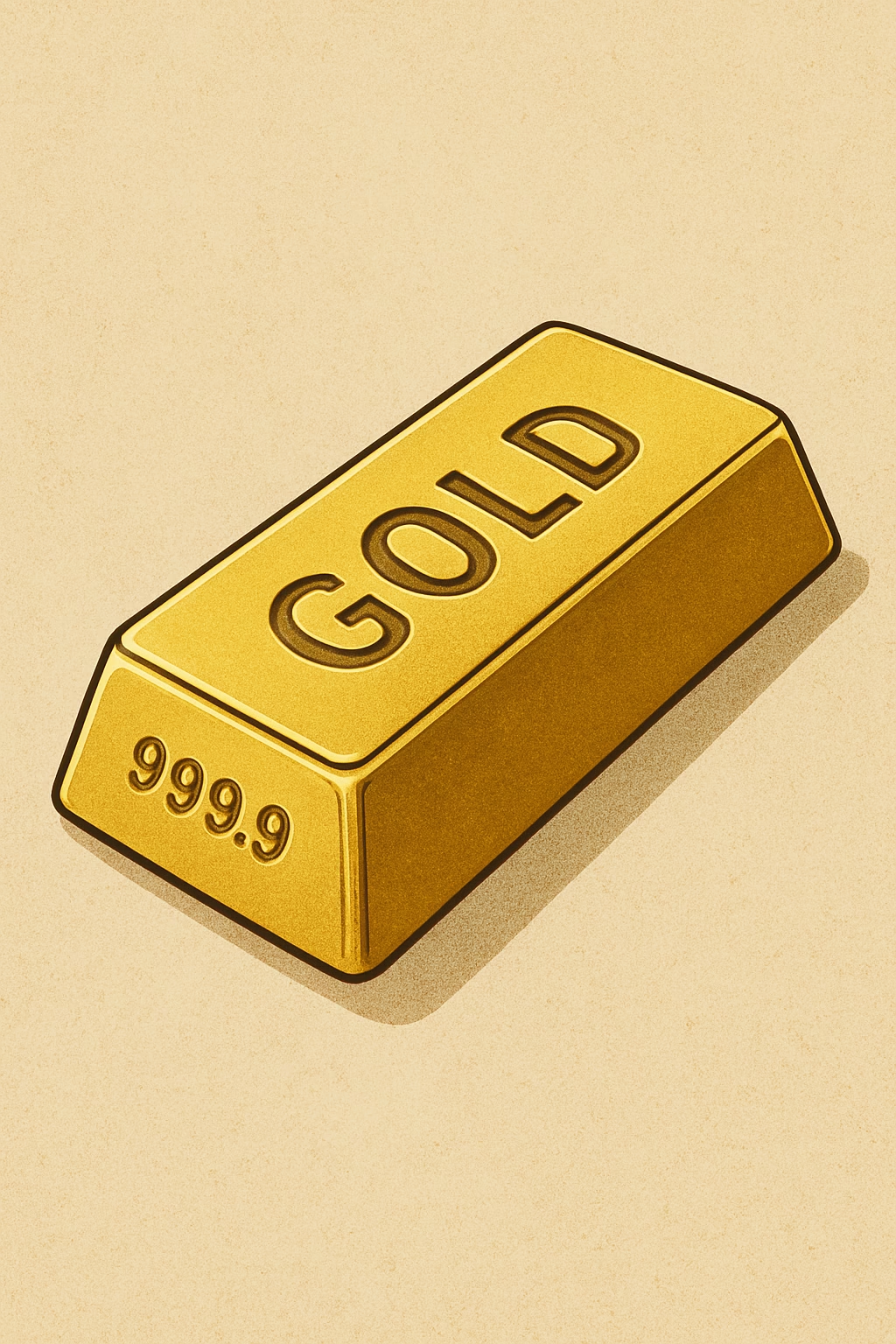Gold continues to impress investors with its stability, navigating global market shifts and economic uncertainties. Let’s explore the four major forces at play and what they mean for the future of the yellow metal.
Also Read: Free Cloud storage feature in DigiLocker
1. Anticipation Around U.S. Economic Indicators & Fed Policy
Markets are holding their breath as investors await U.S. Personal Consumption Expenditures (PCE) data—widely seen as a litmus test for the Federal Reserve’s next steps. Most projections point toward a steady increase, similar to recent months. Meanwhile, the chances of a rate cut by the Federal Reserve remain high.
Such expectations play a pivotal role in stabilizing gold prices, as easing policy typically makes non-yielding assets like gold more attractive.
2. Central Bank Purchases & De-Dollarization Trends
Central banks continue to lean on gold as a strategic reserve. In early 2025, they bought far more than historical averages—driven by growing geopolitical and currency risks. At the same time, de-dollarization is accelerating, especially in Asia and BRICS economies, where local currencies and gold are increasingly preferred over the U.S. dollar.
This shift reflects a broader trend toward diversifying reserves away from traditional dollar dependency, boosting gold’s global appeal.
3. Safe-Haven Asset Demand Amid Geopolitical and Political Uncertainty
Geopolitical tensions and political developments continue pushing investors toward safer assets like gold. Some analysts foresee prices possibly rising further in the coming years, driven by macroeconomic instability, stagflation concerns, and persistent dollar weakness.
Recent global headlines have underscored this flight to security, with markets often turning to gold whenever uncertainty spikes.
4. Technical Signals and India-Specific Market Dynamics
In India, tariff tensions and currency fluctuations have caused domestic gold prices to hit record highs—crossing new milestones in 2025. However, elevated prices have cooled local demand for jewellery even as investment interest remains intact.
On the trading front, technical indicators—like RSI, Bollinger Bands, and MACD—are being closely watched amid dovish suggestions from the Fed and hopes of relief from India’s GST policies.
What Lies Ahead? Market Outlooks & Predictions
- Some analysts project gold to remain in the range of $3,300–$3,600 in the short term, citing economic uncertainty, inflation pressures, and a weaker dollar.
- Others expect gold to possibly break new records in the next couple of years, despite earlier concerns that the asset may be overvalued.
- Reports suggest that while gold is up significantly in 2025, a slowdown in central bank purchases and weak jewellery demand—especially in India and China—could moderate momentum.
Summary Table: Key Drivers at a Glance
| Factor | Impact on Gold |
|---|---|
| Fed Policy & U.S. Economic Data | Keeps prices stable to higher |
| Central Bank Buying & De-Dollarization | Strong demand support |
| Geopolitical / Political Risk | Boosts safe-haven demand |
| Indian Market Trends & Technical Cues | Elevated local prices; cooling consumption; trading signals |
Gold’s steadiness is no coincidence—it’s rooted in policy expectations, institutional buying, global economic anxiety, and local market dynamics. As central banks diversify and geopolitical tensions persist, gold’s allure as a safe haven and inflation hedge remains as powerful as ever.
* Disclaimer
The information provided in this article is for educational and informational purposes only. It should not be considered financial or investment advice. Gold prices and market trends are subject to fluctuations influenced by global, political, and economic factors. Readers are encouraged to conduct their own research or consult with a certified financial advisor before making any investment decisions. EasyBuzz.in is not responsible for any financial losses or decisions made based on this content. *

















1 Comment
[…] Also Read: Why Gold Price remain steady […]